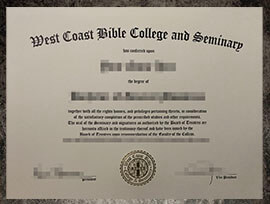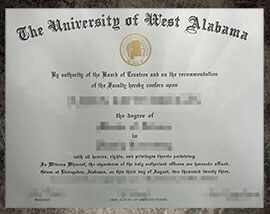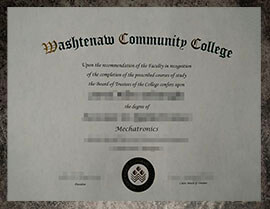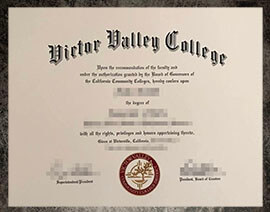
Where to order fake Universidad de Coimbra degree certificate online? I would like to buy a realistic Universidad de Coimbra diploma certificate online? Why people would like to buy a realistic Universidad de Coimbra degree certificate online? Which site is best to buy a realistic Universidad de Coimbra diploma certificate online? Obtain fake Universidad de Coimbra degree online.
La Universidad de Coimbra es una universidad pública ubicada en la ciudad de Coimbra, en Portugal. Fundada en 1290, es una de las universidades más antiguas de Europa y ha sido reconocida como Patrimonio de la Humanidad por la UNESCO. La universidad ofrece una amplia gama de programas de grado y posgrado en diversas áreas de estudio, incluyendo ciencias, humanidades, artes, ingeniería y ciencias sociales. Además, la Universidad de Coimbra es conocida por su rica historia, su arquitectura impresionante y su ambiente académico vibrante.
The university was founded, or ratified, in 1290 by King Dinis, having begun its existence in Lisbon with the name Studium Generale (Estudo Geral).[8] Scientiae thesaurus mirabilis, the royal charter announcing the institution of the university was dated 1 March of that year, although efforts had been made at least since 1288 to create this first University in Portugal; it is thus the second oldest of such establishments in the Iberian Peninsula.
The papal confirmation was also given in 1290 (on 9 August of that year), during the papacy of Nicholas IV. In accordance with the papal bull, all the “licit” faculties, with the exception of that of Theology, could be established. Can l purchase a realistic Universidad de Coimbra degree certificate online?
Thus the Faculties of Arts, Law, Canon Law and Medicine were the first to be created. It was, however, not to remain in Lisbon for long. In 1308, likely due to problems of emancipation from the Church (relations between the latter and the political power being somewhat strained at the time) and conflicts between the inhabitants of the city and the students, the university moved to Coimbra.
This town already had old traditions in education, being home to the highly successful school of the Monastery of Santa Cruz. The university was then established on the site known as “Estudos Velhos”, which corresponds roughly to the area where the Main Library now stands. Buy degree certificate, # buy diploma, buy Doctor’s degree. Get Bachelor’s degree, buy fake degree, buy fake diploma. Buy fake certificate, buy fake transcript, buy degree certificate, buy diploma certificate.
Universidad de Coimbra degree
In 1338, during the reign of Afonso IV, it was once again transferred to Lisbon, from whence it returned in 1354, this time to the centre of the town which was then in full expansion. In 1377, during the reign of King Fernando, it was transferred yet again to Lisbon, where it would remain for over a century and a half. The authorization for a Faculty of Theology probably dates from this period – around 1380. In 1537, during the reign of João III (1521–57), the university moved definitively to Coimbra, where it was installed in the Alcaçova Palace which was subsequently purchased from the royal family in 1597.
During the same 1521-57 period, significant reforms were carried out. Both the university as an institution, and all of its library’s books were moved from Lisbon to Coimbra. Most of the new faculty, previously affiliated to the Spanish University of Salamanca, was initially not tenured at Coimbra and, subsequently, professors did not generally relocate. Faculties, hitherto scattered in different buildings, were brought together in the “Palacio del Rey”, while other new and prestigious Spanish professors were also invited.
At the faculty of Theology taught Alfonso de Prado and Antonio de Fonseca, the latter a doctor of Paris; at the faculty of Law, the famous canonist Martin de Azpilcueta (Doctor Navarrus), Manuel de Costa, and Antonio Francisco Suárez, all three from Salamanca. Meanwhile, Francisco Franco (chamber physician to John III) and Rodrigo Reinoso taught at the School of Medicine. Classical languages and literatures were taught by professors such as Cipriano Suárez.
The author of a famous treatise on rhetoric (De arte rhetorica libri tres, ex Aristotele, Cicerone et Quintiliano praecipue deprompti), at the Colegio de la Artes, which young students learnt as a preparation for further academic studies; this college, independent at first, was eventually merged with the college of Theology, and entrusted to the Jesuits. One of its first professors was the Scotch Latinist George Buchanan, later a follower of John Knox and a reviler of Mary Stuart. The colleges of Sao Pedro and São Paulo were founded for graduates (doctors) intending to pursue teaching careers; other colleges received students of various religious orders.






